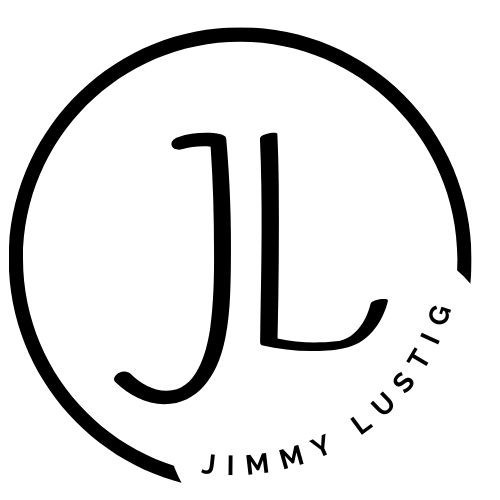Gentrification, or the process of revitalizing aging city neighborhoods, has become a controversial topic in the United States. On the surface, it seems like an excellent idea, but it comes with significant downsides policymakers and the general public need to understand.
Pros:
It Improves Property Values
Property owners already living in gentrifying neighborhoods will see their property values increase as the neighborhood becomes a more desirable place to live. This increases their wealth and equity, which makes it much easier to sell their homes and move if that is desired or becomes necessary.
It Increases Local Tax Revenue
Most municipalities receive much of their annual budget through property taxes, which are determined by the property value. As home prices increase, more revenue becomes available for local officials to spend on services to provide the community, such as better schools, law enforcement resources, city improvements, and more.
It Draws In New Businesses
The deliberate transformation of neighborhoods usually brings in new businesses such as restaurants, shops, and service providers. This, by extension, also brings jobs and builds a thriving community, which is especially important if a community has been lacking these options in the past.
Cons:
It Often Disproportionately Affects Marginalized Communities
Because poorer, marginalized communities often live in these neighborhoods, gentrification can make it no longer affordable, whether through rent, taxes or the cost of living, for them to live in the area. This often results in a loss of social diversity as well as displacement into nearby poorer areas and a rise in homelessness.
It Brings An Increase In Community Conflict
All of these changes are likely to cause conflict within the community. Some residents will be welcoming of the changes while others will be upset by the potential harm to minority groups and changes to the neighborhood’s character. A divided community where residents are resentful of one another is not a pleasant place to live.
The Cost Of Living Rises
Even for residents who can ultimately still afford to remain in the area, the cost of living increase that comes with gentrification is a final major downside. Many people struggle to make ends meet and have few emergency funds to begin with, making additional financial burdens a significant problem.

